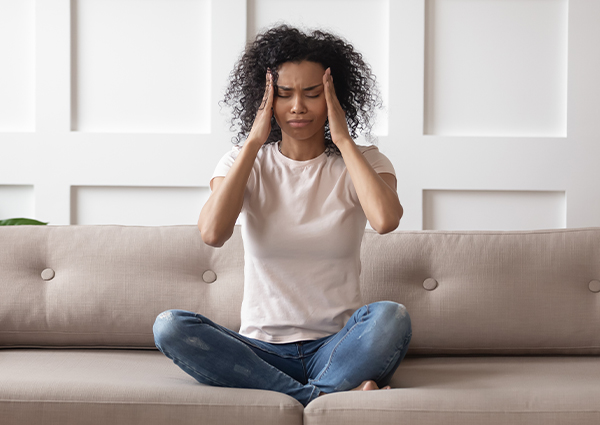
What Do Panic Attacks Feel Like and How Do You Stop Them?
Panic attacks are not uncommon; 11% of Americans will have one this year, and of those, 2-3% will go on to develop panic disorder
What are the Symptoms of a Panic Attack
- sweating
- shaking or trembling
- chills
- pounding, racing heart or palpitations
- chest pain
- feeling like you can’t breathe
- tightness in your throat
- dizzy, lightheaded or faint
- numbness or tingling
- nausea or stomach pain
- feeling unreal or detached from yourself
- fear of going crazy
- fear of dying
- headache
- fear of impending danger
Most panic attacks peak at 10 minutes and rarely last longer than 15 minutes, although some may last an hour or more. A panic attack can hit at anytime and anywhere; you don’t have to be consciously afraid or stressed at the moment. You may even be asleep at the time.
If you experience four or more of these symptoms, you meet the criteria for a panic attack. If you have four or more panic attacks, you can be diagnosed with panic disorder
Panic attacks typically happen in early adulthood and are twice as common in women than men. It’s believed they have a genetic origin but can be brought on by stress or during life changes. Panic disorder also runs in families.
What to Do After a Panic Attack
It’s important to let your health care provider know about your panic attack. There are some health problems that share symptoms, so your doctor will likely want to rule those out with a blood test or EKG.
Untreated panic disorder often leads to more problems. For instance, many people will avoid places or activities where they’ve had a panic attack. As a result, some will develop agoraphobia, where you fear going out of your home. You may not be able to work, attend school or live as usual.
Often those with panic disorder also have other mental health problems like depression. Untreated panic attacks can worsen those other conditions. Also, some people will drink or abuse drugs to cover their panic or numb the pain and worry. However, panic disorder isn’t a hopeless situation.
Treatment for Panic Attacks and Disorder
Sometimes it can be difficult to get a proper diagnosis for panic disorder, but it’s important to seek help and find something that helps.
Typically, once diagnosed, a person will get some type of therapy, such as Cognitive Behavioral Therapy. This will help a person learn their triggers, learn to relieve stress and identify negative or faulty thinking patterns. Real improvement may take 10 to 20 weekly sessions. Those with panic disorder can also take medication for it.
If you can’t find help or are reluctant to seek it, you can find self-help online.
If you’ve experienced a panic attack, talk to a doctor about your options and get treatment. There’s no reason to suffer.




